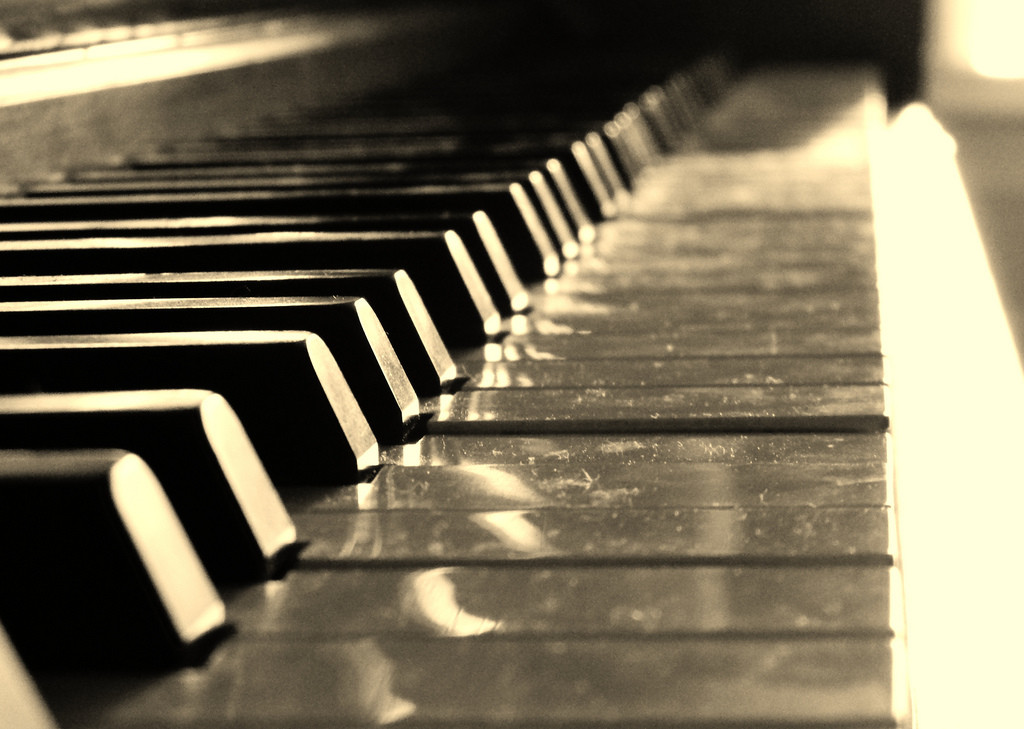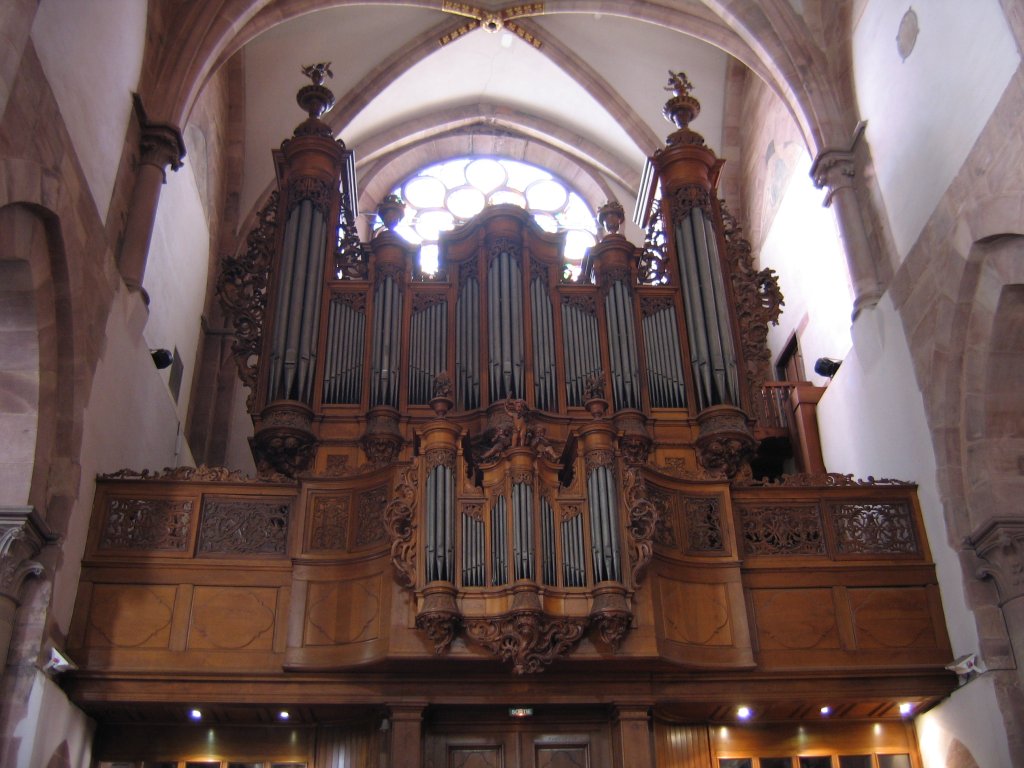6.8: Keyboards
- Page ID
- 72392
\( \newcommand{\vecs}[1]{\overset { \scriptstyle \rightharpoonup} {\mathbf{#1}} } \)
\( \newcommand{\vecd}[1]{\overset{-\!-\!\rightharpoonup}{\vphantom{a}\smash {#1}}} \)
\( \newcommand{\dsum}{\displaystyle\sum\limits} \)
\( \newcommand{\dint}{\displaystyle\int\limits} \)
\( \newcommand{\dlim}{\displaystyle\lim\limits} \)
\( \newcommand{\id}{\mathrm{id}}\) \( \newcommand{\Span}{\mathrm{span}}\)
( \newcommand{\kernel}{\mathrm{null}\,}\) \( \newcommand{\range}{\mathrm{range}\,}\)
\( \newcommand{\RealPart}{\mathrm{Re}}\) \( \newcommand{\ImaginaryPart}{\mathrm{Im}}\)
\( \newcommand{\Argument}{\mathrm{Arg}}\) \( \newcommand{\norm}[1]{\| #1 \|}\)
\( \newcommand{\inner}[2]{\langle #1, #2 \rangle}\)
\( \newcommand{\Span}{\mathrm{span}}\)
\( \newcommand{\id}{\mathrm{id}}\)
\( \newcommand{\Span}{\mathrm{span}}\)
\( \newcommand{\kernel}{\mathrm{null}\,}\)
\( \newcommand{\range}{\mathrm{range}\,}\)
\( \newcommand{\RealPart}{\mathrm{Re}}\)
\( \newcommand{\ImaginaryPart}{\mathrm{Im}}\)
\( \newcommand{\Argument}{\mathrm{Arg}}\)
\( \newcommand{\norm}[1]{\| #1 \|}\)
\( \newcommand{\inner}[2]{\langle #1, #2 \rangle}\)
\( \newcommand{\Span}{\mathrm{span}}\) \( \newcommand{\AA}{\unicode[.8,0]{x212B}}\)
\( \newcommand{\vectorA}[1]{\vec{#1}} % arrow\)
\( \newcommand{\vectorAt}[1]{\vec{\text{#1}}} % arrow\)
\( \newcommand{\vectorB}[1]{\overset { \scriptstyle \rightharpoonup} {\mathbf{#1}} } \)
\( \newcommand{\vectorC}[1]{\textbf{#1}} \)
\( \newcommand{\vectorD}[1]{\overrightarrow{#1}} \)
\( \newcommand{\vectorDt}[1]{\overrightarrow{\text{#1}}} \)
\( \newcommand{\vectE}[1]{\overset{-\!-\!\rightharpoonup}{\vphantom{a}\smash{\mathbf {#1}}}} \)
\( \newcommand{\vecs}[1]{\overset { \scriptstyle \rightharpoonup} {\mathbf{#1}} } \)
\( \newcommand{\vecd}[1]{\overset{-\!-\!\rightharpoonup}{\vphantom{a}\smash {#1}}} \)
\(\newcommand{\avec}{\mathbf a}\) \(\newcommand{\bvec}{\mathbf b}\) \(\newcommand{\cvec}{\mathbf c}\) \(\newcommand{\dvec}{\mathbf d}\) \(\newcommand{\dtil}{\widetilde{\mathbf d}}\) \(\newcommand{\evec}{\mathbf e}\) \(\newcommand{\fvec}{\mathbf f}\) \(\newcommand{\nvec}{\mathbf n}\) \(\newcommand{\pvec}{\mathbf p}\) \(\newcommand{\qvec}{\mathbf q}\) \(\newcommand{\svec}{\mathbf s}\) \(\newcommand{\tvec}{\mathbf t}\) \(\newcommand{\uvec}{\mathbf u}\) \(\newcommand{\vvec}{\mathbf v}\) \(\newcommand{\wvec}{\mathbf w}\) \(\newcommand{\xvec}{\mathbf x}\) \(\newcommand{\yvec}{\mathbf y}\) \(\newcommand{\zvec}{\mathbf z}\) \(\newcommand{\rvec}{\mathbf r}\) \(\newcommand{\mvec}{\mathbf m}\) \(\newcommand{\zerovec}{\mathbf 0}\) \(\newcommand{\onevec}{\mathbf 1}\) \(\newcommand{\real}{\mathbb R}\) \(\newcommand{\twovec}[2]{\left[\begin{array}{r}#1 \\ #2 \end{array}\right]}\) \(\newcommand{\ctwovec}[2]{\left[\begin{array}{c}#1 \\ #2 \end{array}\right]}\) \(\newcommand{\threevec}[3]{\left[\begin{array}{r}#1 \\ #2 \\ #3 \end{array}\right]}\) \(\newcommand{\cthreevec}[3]{\left[\begin{array}{c}#1 \\ #2 \\ #3 \end{array}\right]}\) \(\newcommand{\fourvec}[4]{\left[\begin{array}{r}#1 \\ #2 \\ #3 \\ #4 \end{array}\right]}\) \(\newcommand{\cfourvec}[4]{\left[\begin{array}{c}#1 \\ #2 \\ #3 \\ #4 \end{array}\right]}\) \(\newcommand{\fivevec}[5]{\left[\begin{array}{r}#1 \\ #2 \\ #3 \\ #4 \\ #5 \\ \end{array}\right]}\) \(\newcommand{\cfivevec}[5]{\left[\begin{array}{c}#1 \\ #2 \\ #3 \\ #4 \\ #5 \\ \end{array}\right]}\) \(\newcommand{\mattwo}[4]{\left[\begin{array}{rr}#1 \amp #2 \\ #3 \amp #4 \\ \end{array}\right]}\) \(\newcommand{\laspan}[1]{\text{Span}\{#1\}}\) \(\newcommand{\bcal}{\cal B}\) \(\newcommand{\ccal}{\cal C}\) \(\newcommand{\scal}{\cal S}\) \(\newcommand{\wcal}{\cal W}\) \(\newcommand{\ecal}{\cal E}\) \(\newcommand{\coords}[2]{\left\{#1\right\}_{#2}}\) \(\newcommand{\gray}[1]{\color{gray}{#1}}\) \(\newcommand{\lgray}[1]{\color{lightgray}{#1}}\) \(\newcommand{\rank}{\operatorname{rank}}\) \(\newcommand{\row}{\text{Row}}\) \(\newcommand{\col}{\text{Col}}\) \(\renewcommand{\row}{\text{Row}}\) \(\newcommand{\nul}{\text{Nul}}\) \(\newcommand{\var}{\text{Var}}\) \(\newcommand{\corr}{\text{corr}}\) \(\newcommand{\len}[1]{\left|#1\right|}\) \(\newcommand{\bbar}{\overline{\bvec}}\) \(\newcommand{\bhat}{\widehat{\bvec}}\) \(\newcommand{\bperp}{\bvec^\perp}\) \(\newcommand{\xhat}{\widehat{\xvec}}\) \(\newcommand{\vhat}{\widehat{\vvec}}\) \(\newcommand{\uhat}{\widehat{\uvec}}\) \(\newcommand{\what}{\widehat{\wvec}}\) \(\newcommand{\Sighat}{\widehat{\Sigma}}\) \(\newcommand{\lt}{<}\) \(\newcommand{\gt}{>}\) \(\newcommand{\amp}{&}\) \(\definecolor{fillinmathshade}{gray}{0.9}\)Piano
The piano (an abbreviation of pianoforte) is a musical instrument played using a keyboard. It is widely employed in classical and jazz music for solo and ensemble performances, accompaniment, and for composing and rehearsal. Although the piano is not portable and often expensive, its versatility and ubiquity have made it one of the world’s most familiar musical instruments.
An acoustic piano usually has a protective wooden case surrounding the soundboard and metal strings, and a row of 88 black and white keys (52 white, 36 black). The strings are sounded when the keys are pressed, and silenced when the keys are released. The note can be sustained, even when the keys are released, by the use of pedals.

Pressing a key on the piano’s keyboard causes a padded (often with felt) hammer to strike strings. The hammer rebounds, and the strings continue to vibrate at their resonant frequency. These vibrations are transmitted through a bridge to a soundboard that amplifies by more efficiently coupling the acoustic energy to the air. When the key is released, a damper stops the strings’ vibration, ending the sound. Although an acoustic piano has strings, it is usually classified as a percussion instrument because the strings are struck rather than plucked (as with a harpsichord or spinet); in the Hornbostel-Sachs system of instrument classification, pianos are considered chordophones. With technological advances, electric, electronic, and digital pianos have also been developed.
Types
Modern acoustic pianos have two basic configurations, the grand piano and the upright piano, with various styles of each. There are also specialized and novelty pianos, electric pianos based on electromechanical designs, electronic pianos that synthesize piano-like tones using oscillators, and digital pianos using digital samples of acoustic piano sounds.
Grand
In grand pianos, the frame and strings are horizontal, with the strings extending away from the keyboard. The action lies beneath the strings, and uses gravity as its means of return to a state of rest.
There are many sizes of grand piano. A rough generalization distinguishes the concert grand (between 2.2 and 3 meters long, about 7–10 feet) from the parlor grand or boudoir grand (1.7 to 2.2 meters long, about 6–7 feet) and the smaller baby grand (around 1.5 meters, about 5 feet).
Upright (Vertical)
Upright pianos, also called vertical pianos, are more compact because the frame and strings are vertical. The hammers move horizontally, and return to their resting position via springs, which are susceptible to degradation. Upright pianos with unusually tall frames and long strings are sometimes called upright grand pianos. Some authors classify modern pianos according to their height and to modifications of the action that are necessary to accommodate the height.
- Studio pianos are around 42 to 45 inches (106 to 114 cm) tall. This is the shortest cabinet that can accommodate a full-sized action located above the keyboard.
- Console pianos have a compact action (shorter hammers), and are a few inches shorter than studio models.
- The top of a spinet model barely rises above the keyboard. The action is located below, operated by vertical wires that are attached to the backs of the keys.
- Anything taller than a studio piano is called an upright.
In the following clip, Van Cliburn, a renowned pianist of the twentieth century, plays Rachmaninoff’s Piano Concerto No. 2.
Celesta
The celesta or celeste is a struck idiophone operated by a keyboard. It looks similar to an upright piano (four- or five-octave), or a large wooden music box (three-octave). The keys connect to hammers that strike a graduated set of metal (usually steel) plates suspended over wooden resonators. Four- or five-octave models usually have a pedal that sustains or damps the sound. The three-octave instruments do not have a pedal because of their small “table-top” design.
One of the best-known works that uses the celesta is Tchaikovsky’s “Dance of the Sugar Plum Fairy” from The Nutcracker. You can hear it below:
Organ
The organ (from Greek ὄργανον organon, “organ, instrument, tool”) is a keyboard instrument of one or more divisions, each played with its own keyboard, played either with the hands or with the feet. The organ is a relatively old musical instrument, dating from the time of Ctesibius of Alexandria, who is credited with inventing the water organ. It was played throughout the Greek and Roman world, particularly during races and games. During the early medieval period it spread from the Byzantine Empire, where it continued to be used in secular and imperial court music, to Western Europe, where it gradually assumed a prominent place in the liturgy of the Catholic Church. Subsequently it re-emerged as a secular and recital instrument.

Organs can fall into one of several categories including pipe organs, reed organs chord organs, steam organs, and electronic organs such as the famous Hammond Organ.
The following video gives a description of how organs move air to produce sound.
Contributors and Attributions
- Piano. Provided by: Wikipedia. Located at: https://en.Wikipedia.org/wiki/Piano. License: CC BY-SA: Attribution-ShareAlike
- Celesta. Provided by: Wikipedia. Located at: https://en.Wikipedia.org/wiki/Celesta. License: CC BY-SA: Attribution-ShareAlike
- OrgueSaintThomasStrasbourg. Located at: https://commons.wikimedia.org/wiki/File:OrgueSaintThomasStrasbourg.jpg#/media/File:OrgueSaintThomasStrasbourg.jpg. License: CC BY-SA: Attribution-ShareAlike
- Organ_(music). Provided by: Wikipedia. Located at: https://en.Wikipedia.org/wiki/Organ_(music). License: CC BY-SA: Attribution-ShareAlike
- Sepia piano. Authored by: martinak15. Located at: https://www.flickr.com/photos/martinaphotography/6415488805/. License: CC BY: Attribution
- Rachmaninoff Piano Concerto No. 2 - Van Cliburn - Part 1. Authored by: DC788. Located at: https://youtu.be/Ds9CrdY3R2M. License: All Rights Reserved. License Terms: Standard YouTube License
- The Nutcracker's celesta with Kelly Zuercher. Provided by: Colorado Springs Philharmonic. Located at: https://youtu.be/faHXQugcz9A. License: All Rights Reserved. License Terms: Standard YouTube license
- The Physics of the Pipe Organ. Authored by: M Animation. Located at: https://youtu.be/rhakZPMjPKE?list=PL0E91B6A290579A56. License: All Rights Reserved. License Terms: Standard YouTube License


